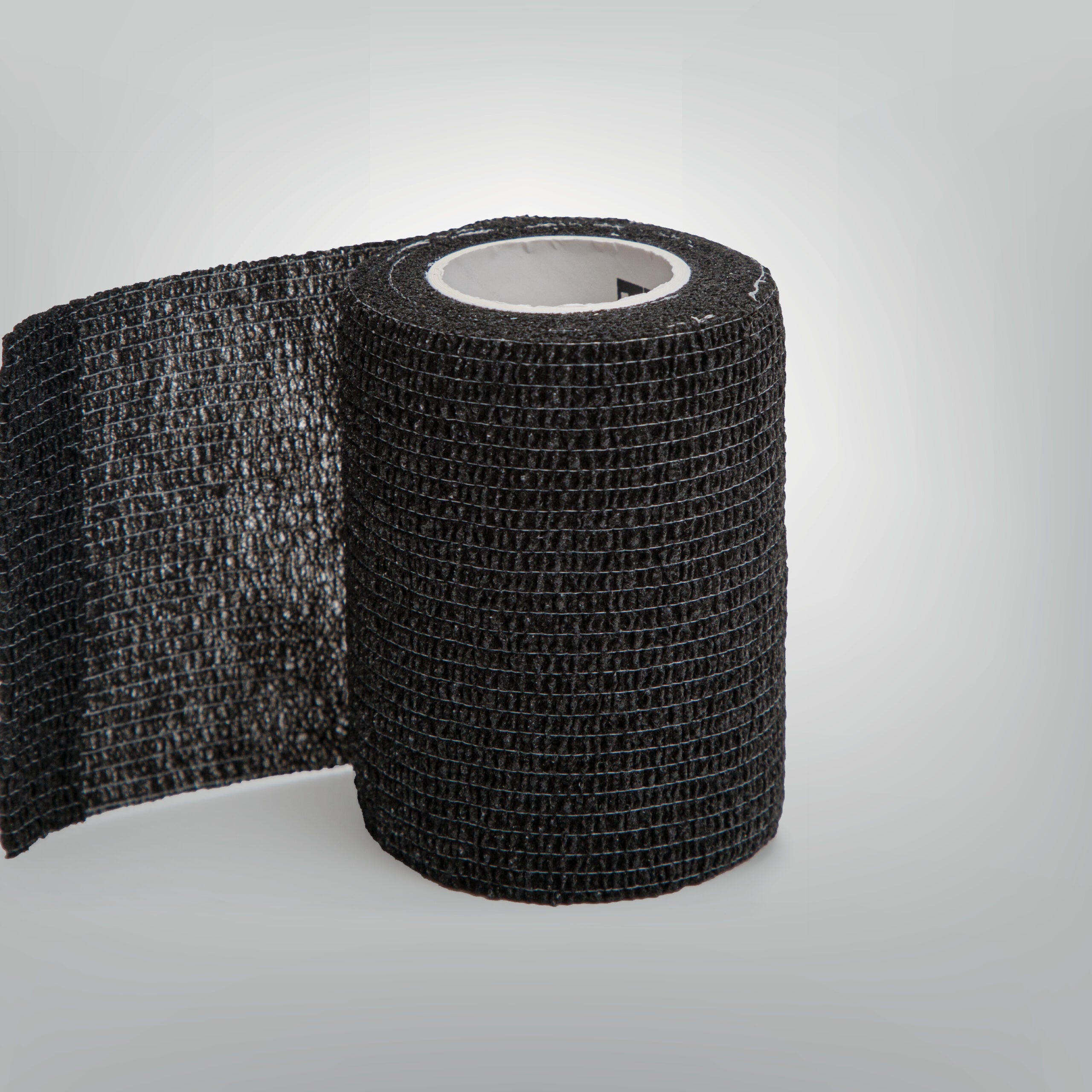
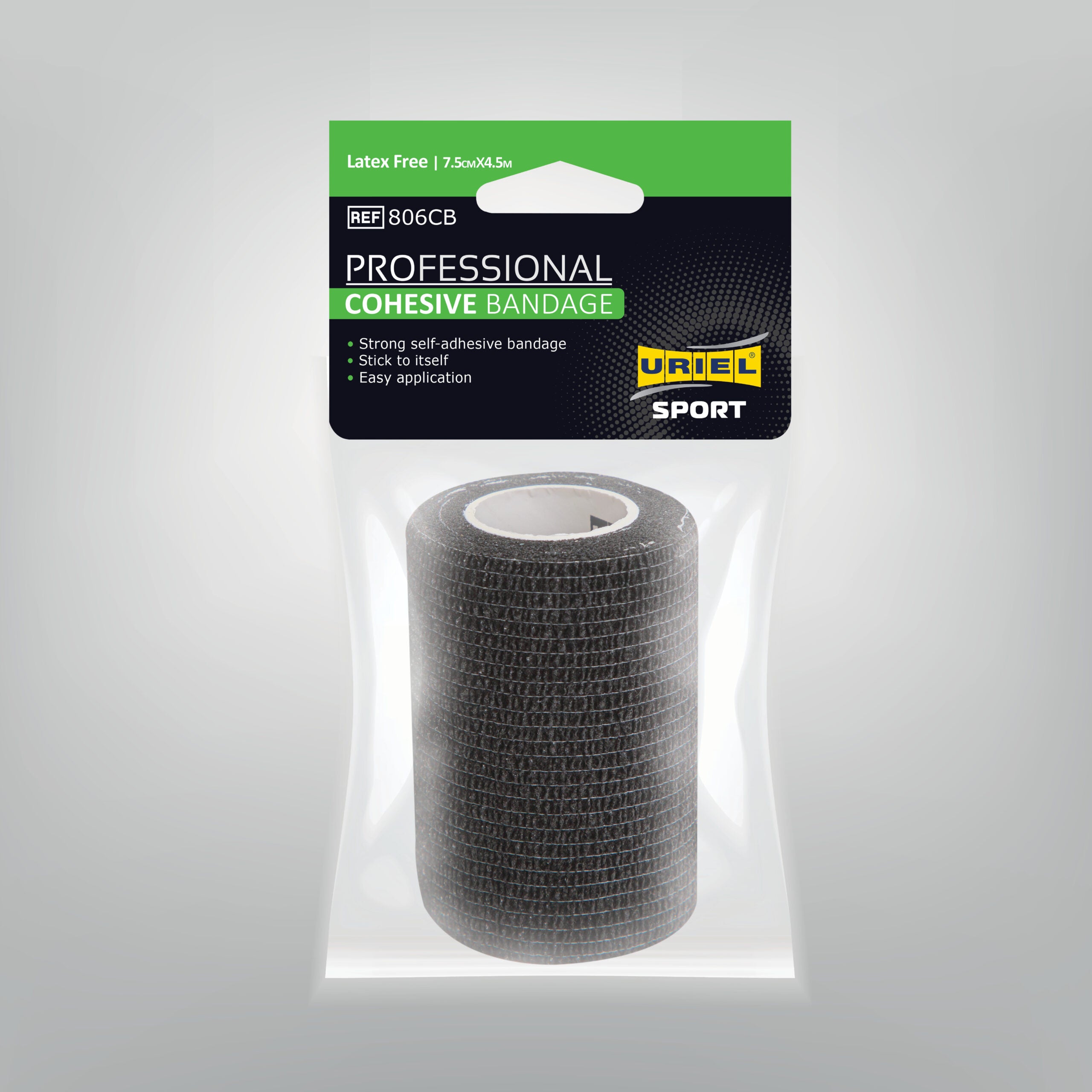
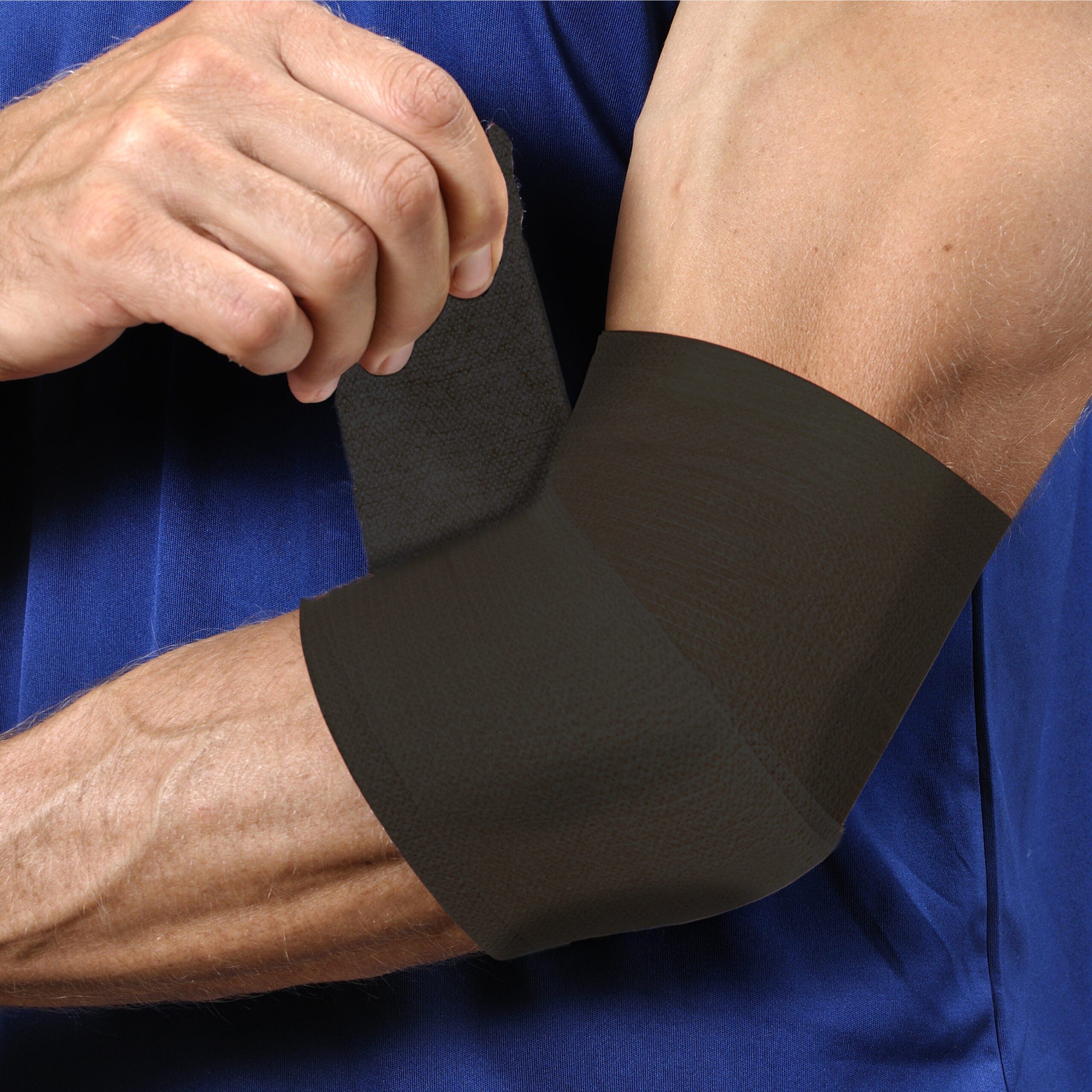
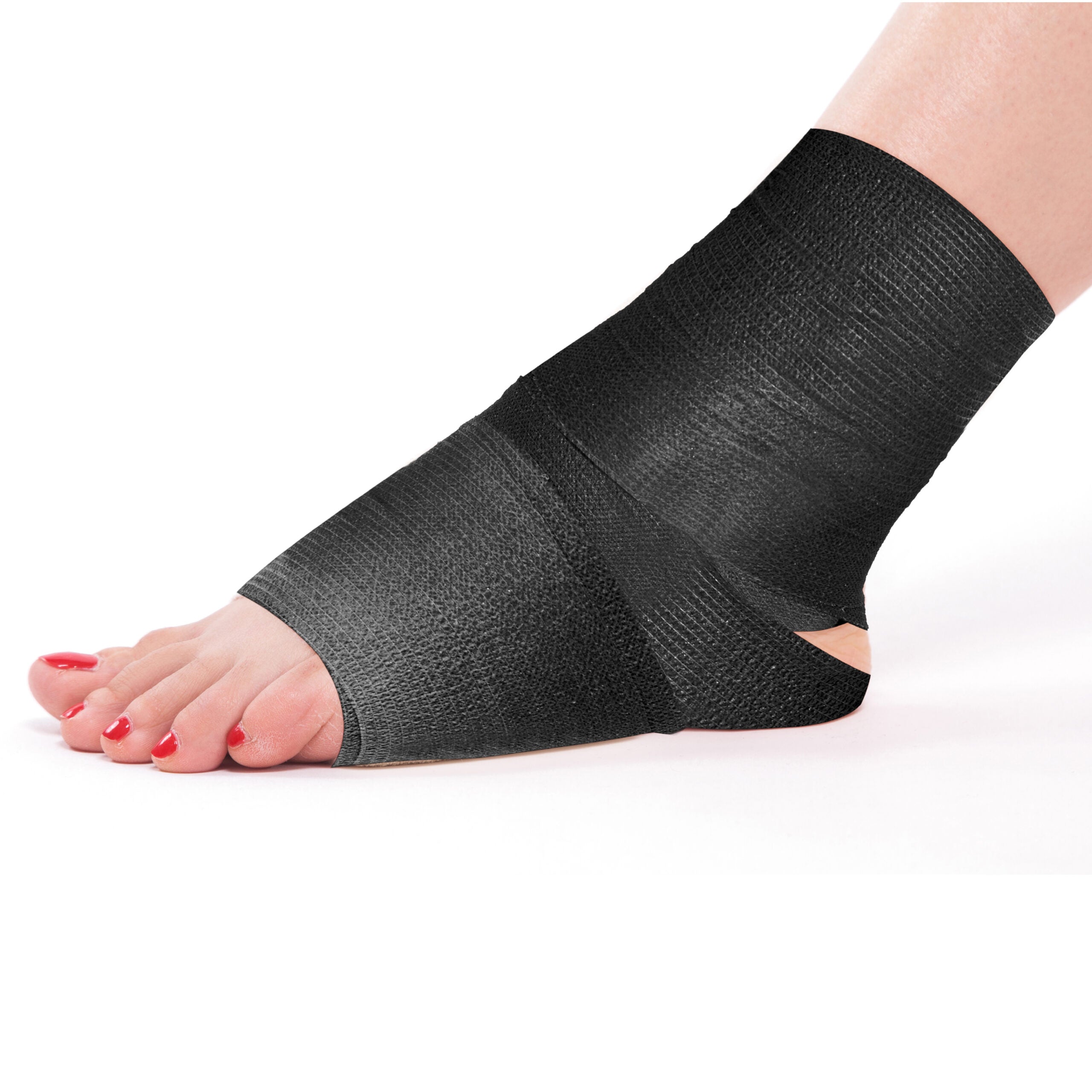
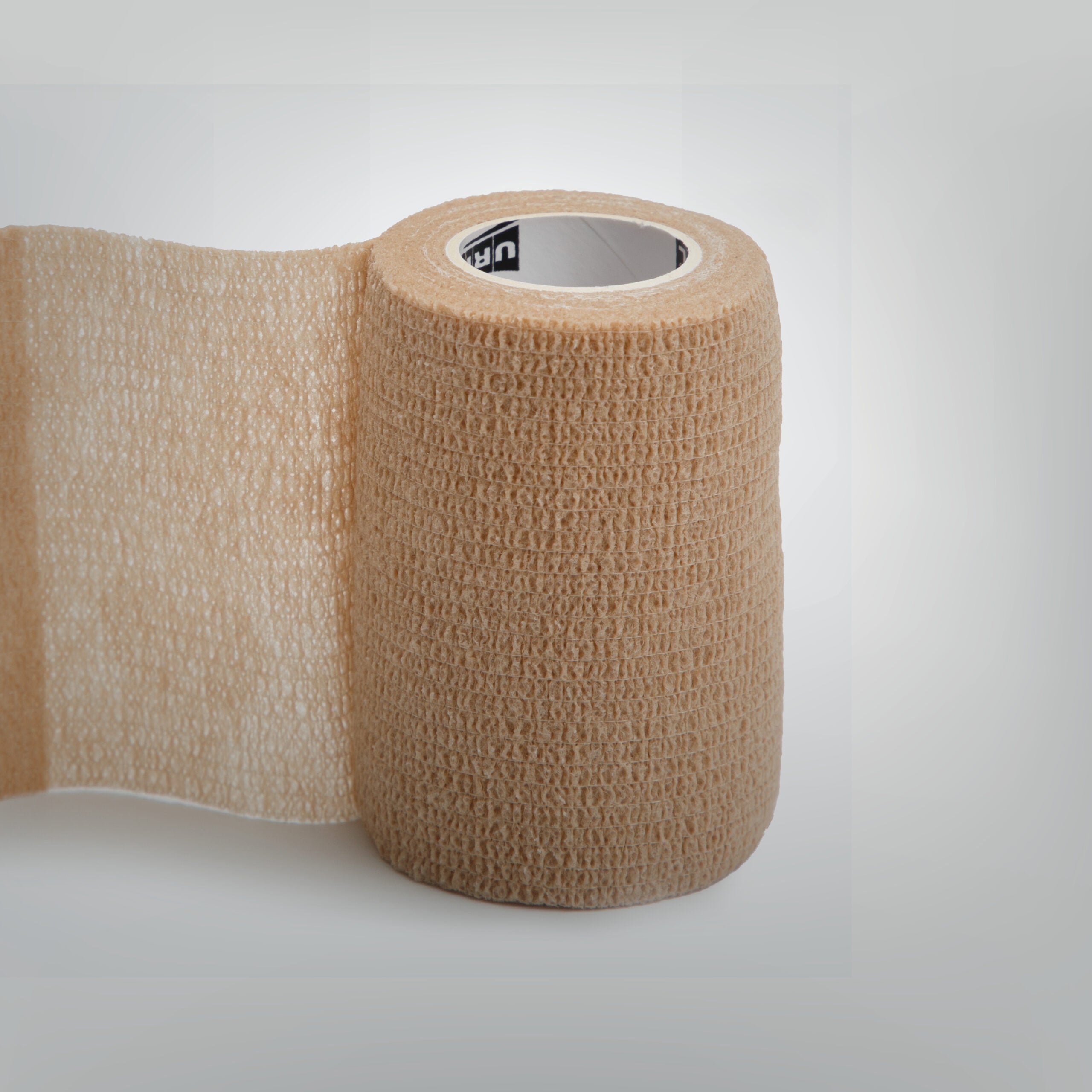
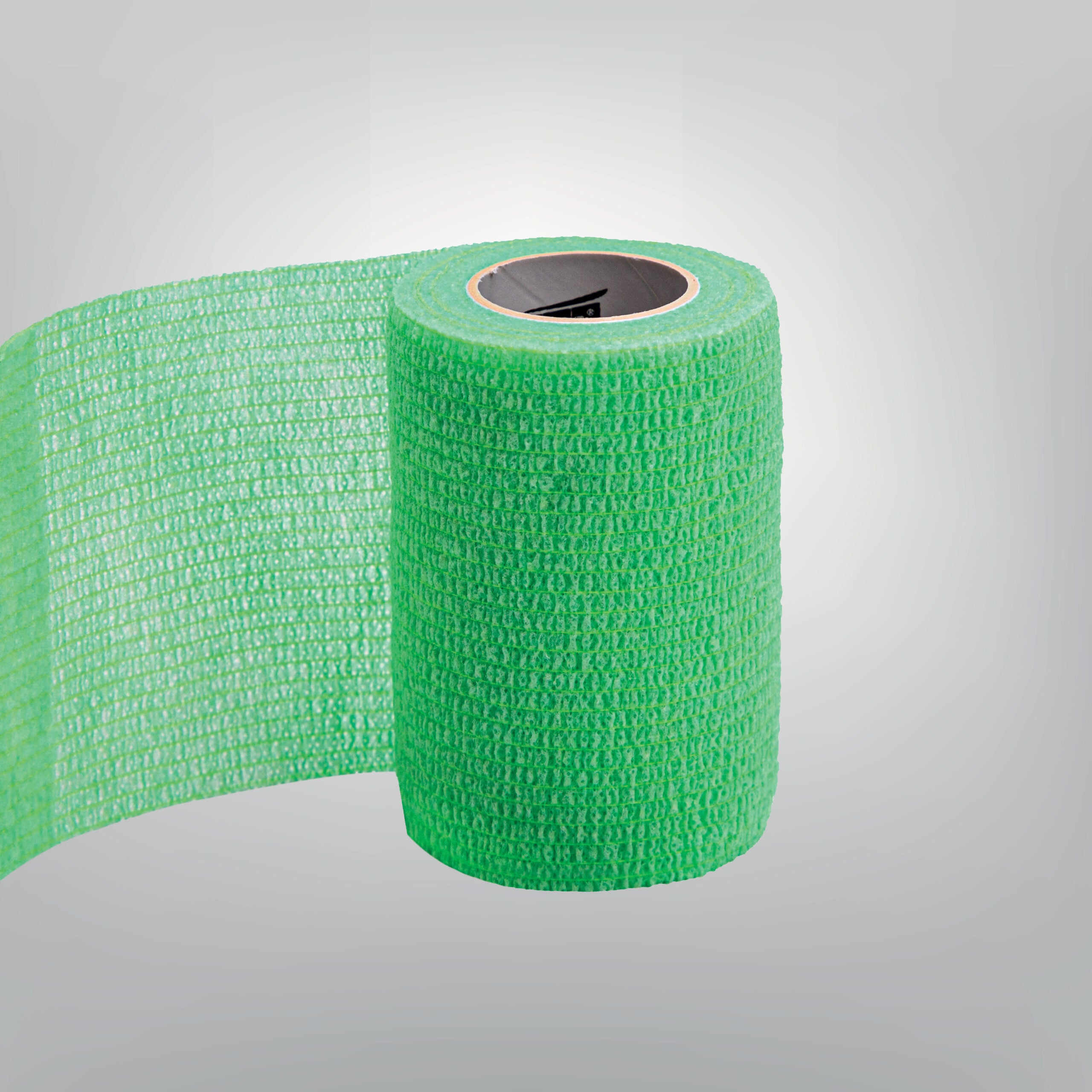
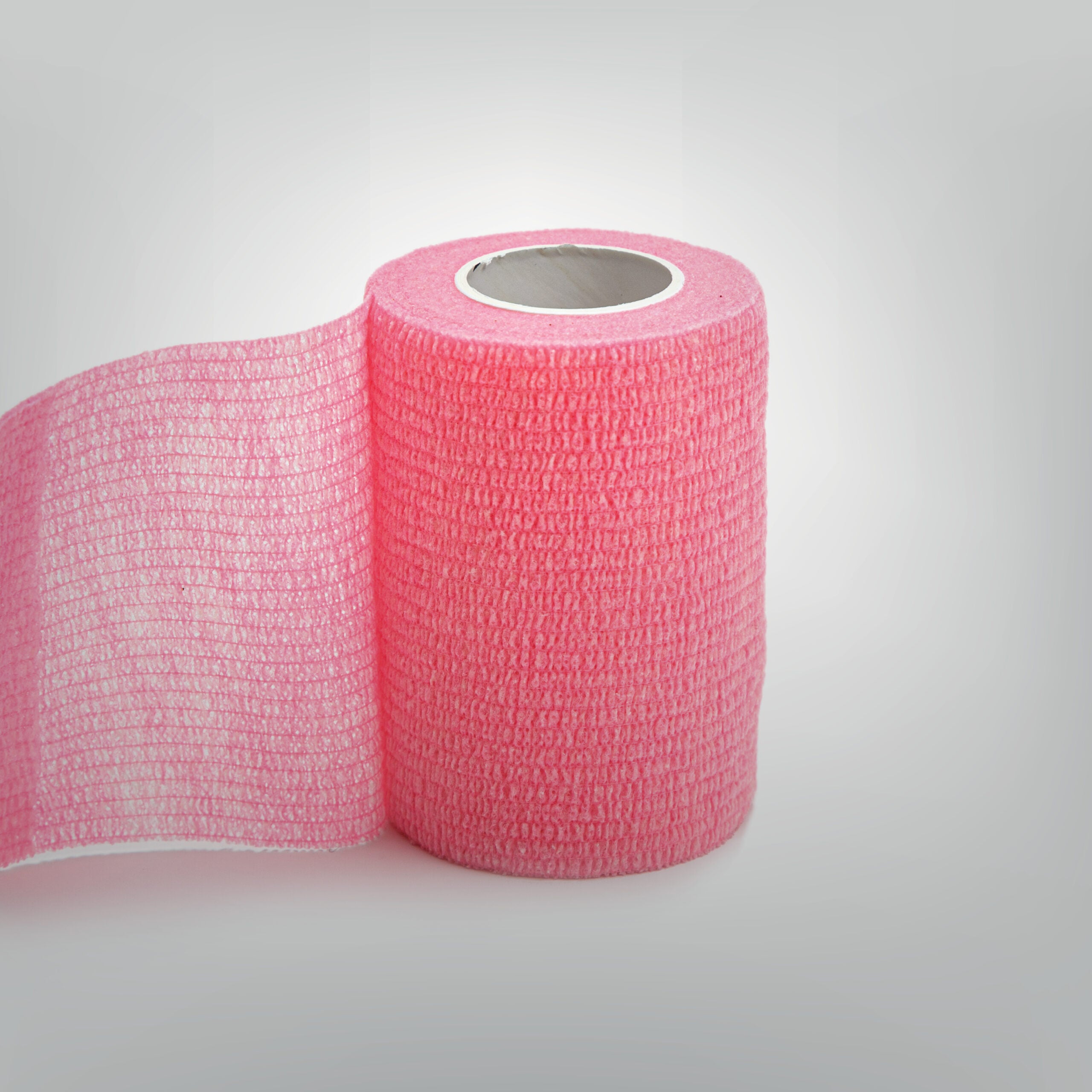
Professional elastic adhesive bandage | 806CB
Self-adhering elastic bandage
A self-adhering elastic bandage designed to immobilize joints, reinforce dressings, relieve swelling in the hands or feet, and reduce pain.
The bandage is 3 cm wide and approximately 250 cm long, adheres well to itself, but does not stick to the skin or hair and does not leave adhesive residue. Thanks to its elasticity, it is possible to control the degree of pressure and provide a good fit.
Medical indications:
Sprains
First aid for sports injuries
Swelling in the hands or feet
Reinforcing and attaching other bandages
Post-surgery joint support
Injury prevention
Also used for veterinary dressings to prevent injuries in animals

Dimensions
The bandage comes in the following sizes: Width: 4.5 cm Length: 450 cm
Extended description
Product purpose:
The bandage has a variety of functions:
- Secures wound dressings securely.
- Produces customized, controlled compression pressure that improves blood flow and accelerates recovery.
- Helps stabilize the joint and supports ligaments, tendons and muscles during physical activity.
- Can be used as first aid for sports injuries.
Planning and design:
Width 3 cm, length of the roll 2.5 meters. The bandage sticks well to itself, but does not stick to the skin or hair and does not leave adhesive residue. Its elasticity allows for control over the amount of pressure and a good fit. The product can be reused.
The physiological effect of the product on the body:
The fixation that can be achieved with the elastic bandage when used correctly, Helps maintain ligaments, tendons and muscles during activity. In addition to the fixation effect, the use of tape improves sensorimotor feedback, Improves proprioceptive input (deep sense) and increases self-confidence in movement.
When used as a pressure bandage, the bandage improves the flow of oxygen-rich blood to the muscles, improves lymphatic drainage, and reduces swelling.
Daily activity:
The elasticity of the bandage allows for mobility and even physical activity, As a condition of how the bandage was applied and according to the user's condition.
In many cases, performing physical activity is tailored to the situation and the person performing it, Can improve blood circulation and pain levels.
User manual
- You should choose the bandage with the width that is most appropriate for you, depending on the size of the area on which the bandage is placed and the function that you expect the bandage to perform.
- The organ on which the bandage is placed must be thoroughly cleaned.
- The dressing should be started from the furthest part and progressed towards the center of the body.
- Hold the end of the bandage with one hand and the roller with the other, so that it is in the direction in which it rolls without friction.
- The bandage should be wrapped, making sure to slightly overlap the previous round.
- The appropriate tension should be chosen depending on the purpose for which it is intended. For fixation, strong tension is needed. For pressure dressing, medium tension is needed. For fixation of dressings, weak tension is needed.
- Make sure that the dressing is applied smoothly and without wrinkles in the bandage.
- Depending on the shape of the area being wrapped, the angle of the bandage may need to be changed to ensure full coverage. For example, when wrapping an ankle, the bandage may need to be moved diagonally for better support.
- When you are finished wrapping, attach the end of the bandage to the previous rounds. No additional fasteners are needed, the bandage sticks well to itself.
- Make sure the bandage is not too tight. If the user experiences numbness, tingling, or increased pain, loosen the pressure slightly.
- The color and temperature of the skin beyond the bandage should be checked periodically. If there are signs of poor blood flow, it is recommended to adjust the degree of pressure.
Our expert advice
The bandage comes in the following sizes: Width: 4.5 cm Length: 450 cm
Product purpose:
The bandage has a variety of functions:
- Secures wound dressings securely.
- Produces customized, controlled compression pressure that improves blood flow and accelerates recovery.
- Helps stabilize the joint and supports ligaments, tendons and muscles during physical activity.
- Can be used as first aid for sports injuries.
Planning and design:
Width 3 cm, length of the roll 2.5 meters. The bandage sticks well to itself, but does not stick to the skin or hair and does not leave adhesive residue. Its elasticity allows for control over the amount of pressure and a good fit. The product can be reused.
The physiological effect of the product on the body:
The fixation that can be achieved with the elastic bandage when used correctly, Helps maintain ligaments, tendons and muscles during activity. In addition to the fixation effect, the use of tape improves sensorimotor feedback, Improves proprioceptive input (deep sense) and increases self-confidence in movement.
When used as a pressure bandage, the bandage improves the flow of oxygen-rich blood to the muscles, improves lymphatic drainage, and reduces swelling.
Daily activity:
The elasticity of the bandage allows for mobility and even physical activity, As a condition of how the bandage was applied and according to the user's condition.
In many cases, performing physical activity is tailored to the situation and the person performing it, Can improve blood circulation and pain levels.
- You should choose the bandage with the width that is most appropriate for you, depending on the size of the area on which the bandage is placed and the function that you expect the bandage to perform.
- The organ on which the bandage is placed must be thoroughly cleaned.
- The dressing should be started from the furthest part and progressed towards the center of the body.
- Hold the end of the bandage with one hand and the roller with the other, so that it is in the direction in which it rolls without friction.
- The bandage should be wrapped, making sure to slightly overlap the previous round.
- The appropriate tension should be chosen depending on the purpose for which it is intended. For fixation, strong tension is needed. For pressure dressing, medium tension is needed. For fixation of dressings, weak tension is needed.
- Make sure that the dressing is applied smoothly and without wrinkles in the bandage.
- Depending on the shape of the area being wrapped, the angle of the bandage may need to be changed to ensure full coverage. For example, when wrapping an ankle, the bandage may need to be moved diagonally for better support.
- When you are finished wrapping, attach the end of the bandage to the previous rounds. No additional fasteners are needed, the bandage sticks well to itself.
- Make sure the bandage is not too tight. If the user experiences numbness, tingling, or increased pain, loosen the pressure slightly.
- The color and temperature of the skin beyond the bandage should be checked periodically. If there are signs of poor blood flow, it is recommended to adjust the degree of pressure.
Blog
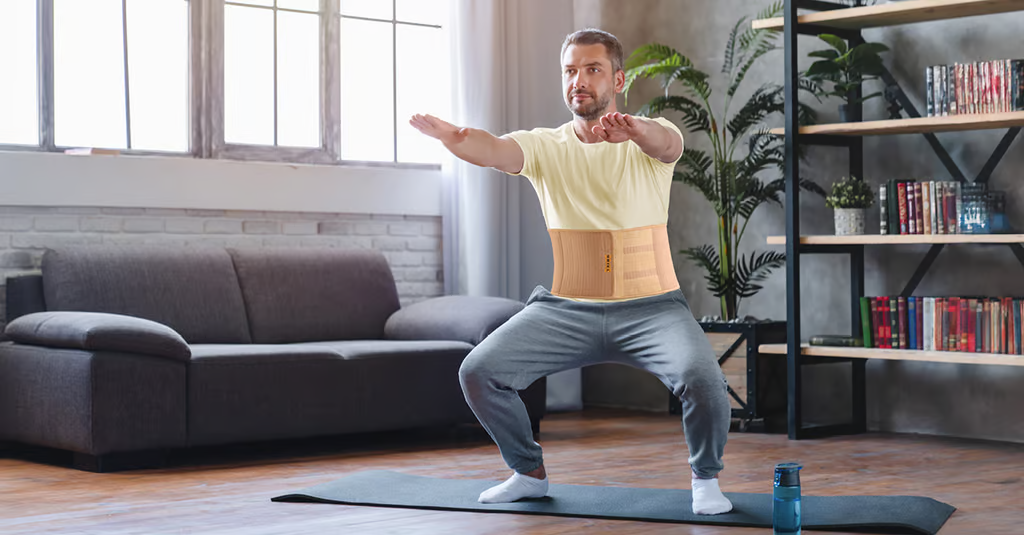
Treating Lower Back Pain: 6 Tips to Improve Quality of Life
Suffering from lower back pain? You are definitely not alone. There are many ways to deal with one of the most common pains in the world, here are some of them. It's time to relieve the pain.
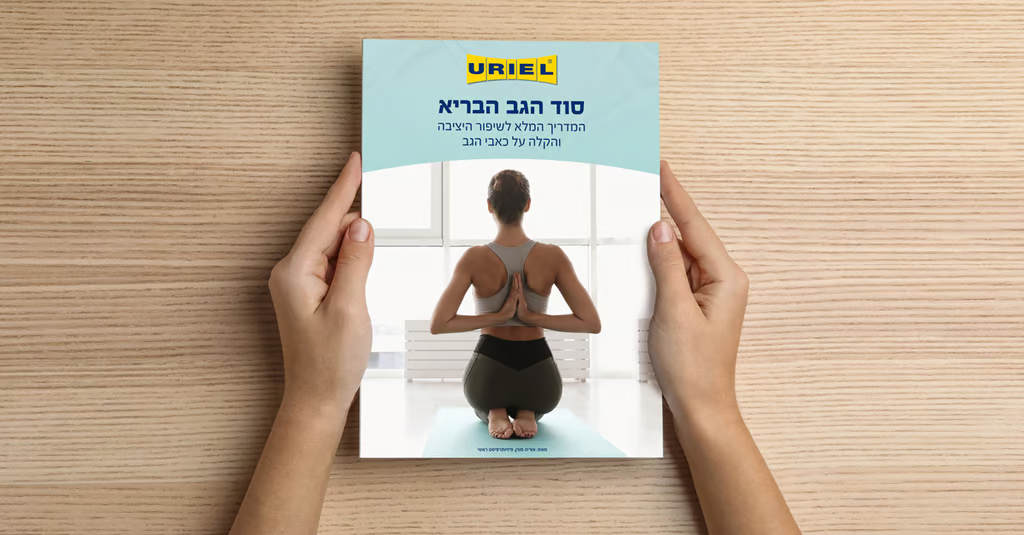
The Secret to a Healthy Back: The Complete Guide to Improving Posture and Alleviating Back Pain
Is back health important to you? Get the 'Secret of a Healthy Back' guide containing information, tips and useful advice for relieving back pain. By Oriya Moran, Chief Physiotherapist Download t...
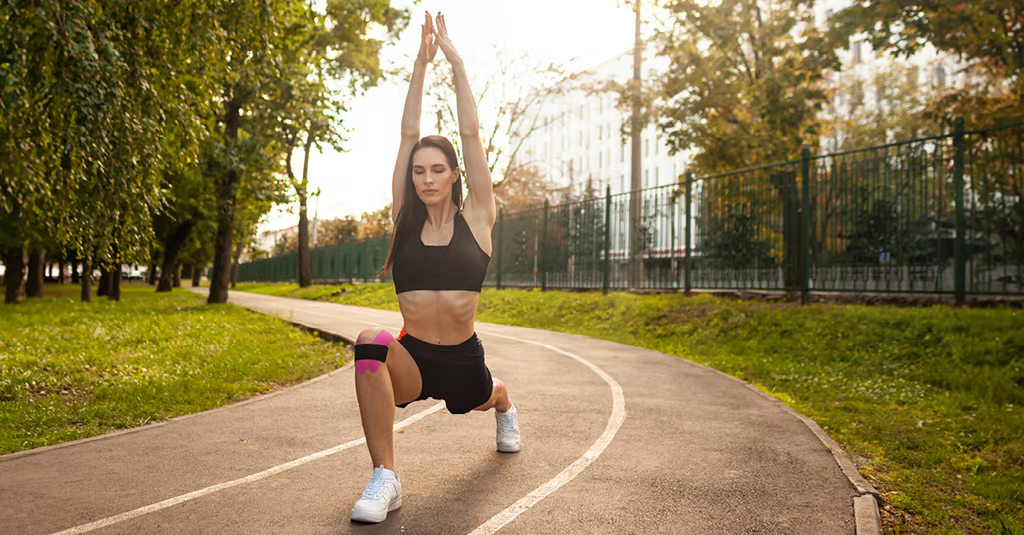
Kinesio tape or professional elastic bandage?
Suffering from sports injuries, bruises or simply pain caused by medical problems? Get to know the variety of dressing products that will support you. When should we use kinesiology tape and why d...
